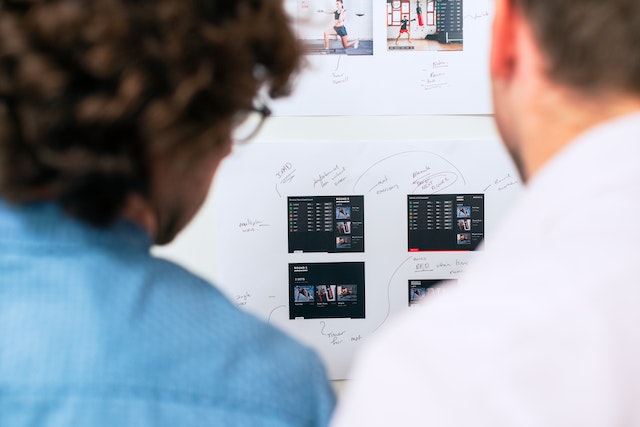
GUEST POST from Art Inteligencia
Innovation is the driving force behind the success of any organization. In a rapidly evolving world, businesses need to constantly generate new ideas and find creative solutions to stay ahead of the competition. Design thinking has emerged as a powerful approach to encourage innovation by putting the user at the center of the problem-solving process. By empathizing, defining, ideating, prototyping, and testing, design thinking enables organizations to come up with innovative solutions that meet user needs and exceed expectations. In this article, we will explore two case study examples that showcase the effectiveness of design thinking in generating new ideas and fostering innovation.
Case Study 1: Airbnb
Airbnb, an online marketplace for vacation rentals, revolutionized the hospitality industry by utilizing design thinking principles. In the early stages, the founders faced the challenge of building trust between strangers to ensure the success of their platform. Understanding the user’s perspective, the founders discovered that potential guests were hesitant to stay at someone else’s home due to the lack of trust and a fear of the unknown.
To tackle this challenge, Airbnb employed design thinking methodologies to generate innovative ideas. They conducted extensive research, interviewing potential users to understand their concerns and needs. This empathetic approach allowed them to identify the key issues users faced and guided their problem-solving process.
One innovative idea that emerged from this process was the concept of a verified host and guest system. By implementing a robust identity verification process, Airbnb reassured users about the trustworthiness of hosts and guests. This solution helped build trust and elevated the user experience, resulting in increased adoption rates and rapid growth for the company.
Case Study 2: IDEO’s Shopping Cart Project
IDEO, a global design and innovation company, undertook a unique design thinking project aimed at reimagining the shopping cart experience for customers. The project began with deep empathy research, where IDEO’s designers immersed themselves in the customers’ environment, observing their shopping behaviors, and interviewing them to understand their pain points.
After identifying the key challenges, IDEO’s design team brainstormed numerous ideas to improve the shopping cart. They came up with concepts like “the cart as a companion” and “smart shopping carts” which featured innovative functionalities such as personalized shopping recommendations, quick check-out options, and even mobile charging stations.
Prototyping and testing played a vital role in refining the ideas. IDEO created physical prototypes and simulated shopping experiences, allowing real users to test and provide feedback. This iterative process helped IDEO narrow down the design options and eventually develop a more user-centric shopping cart that better aligned with customers’ needs and preferences.
Conclusion
Design thinking has proven to be an effective strategy for generating new ideas and fostering innovation. By prioritizing empathy, defining the problem, brainstorming concepts, prototyping, and testing, companies like Airbnb and IDEO have been able to create transformative solutions that push the boundaries of traditional thinking. By adopting design thinking methodologies, organizations can unlock their creative potential, adapt to changing market demands, and gain a competitive edge in today’s dynamic business landscape.
Bottom line: Futurists are not fortune tellers. They use a formal approach to achieve their outcomes, but a methodology and tools like those in FutureHacking™ can empower anyone to be their own futurist.
Image credit: Pexels
References:
– Brown, T. (2008). Design Thinking. Harvard Business Review, 86(6), 84-92.
– Kelley, T., & Kelley, D. (2013). Creative Confidence: Unleashing the Creative Potential Within Us All. Crown Business.
– Liedtka, J., & Ogilvie, T. (2011). Designing for Growth: A Design Thinking Toolkit for Managers. Columbia University Press.
![]() Sign up here to get Human-Centered Change & Innovation Weekly delivered to your inbox every week.
Sign up here to get Human-Centered Change & Innovation Weekly delivered to your inbox every week.